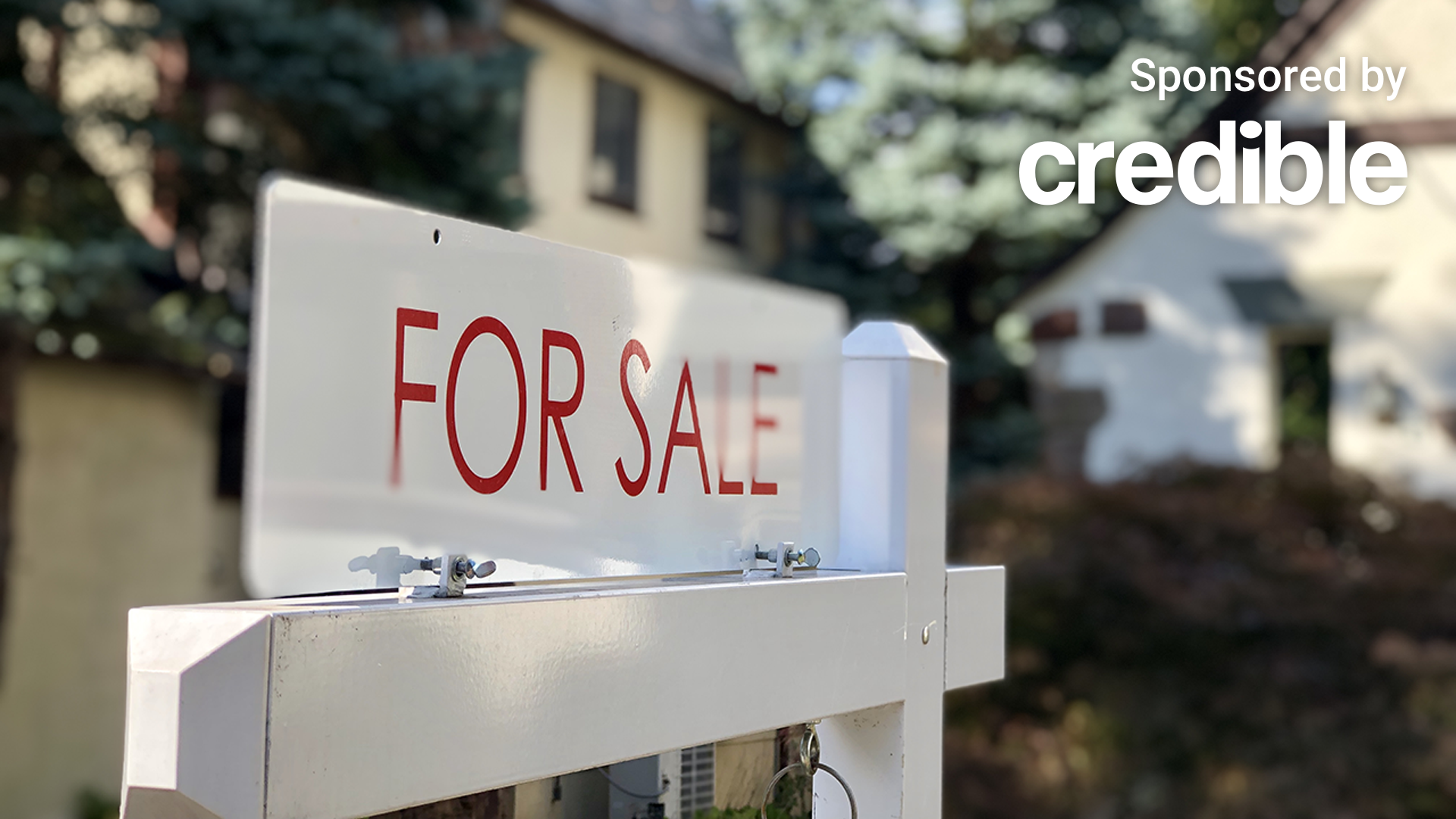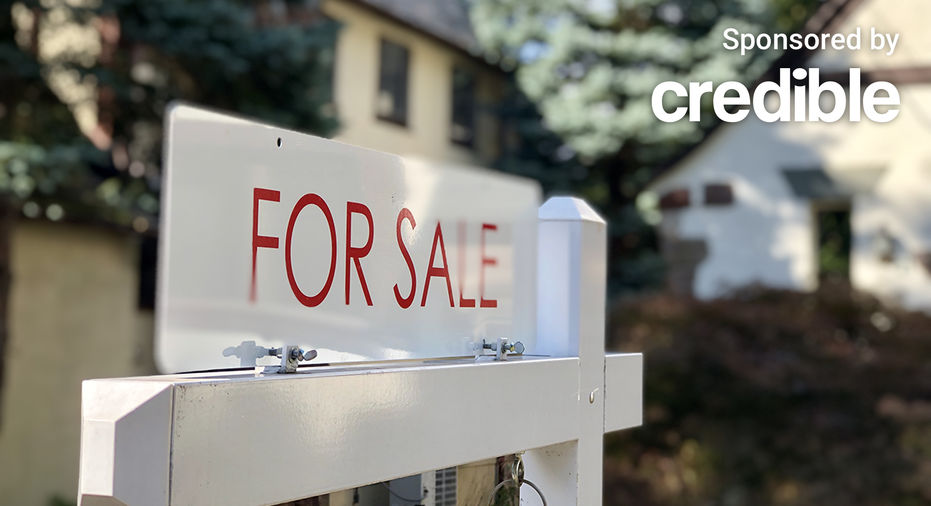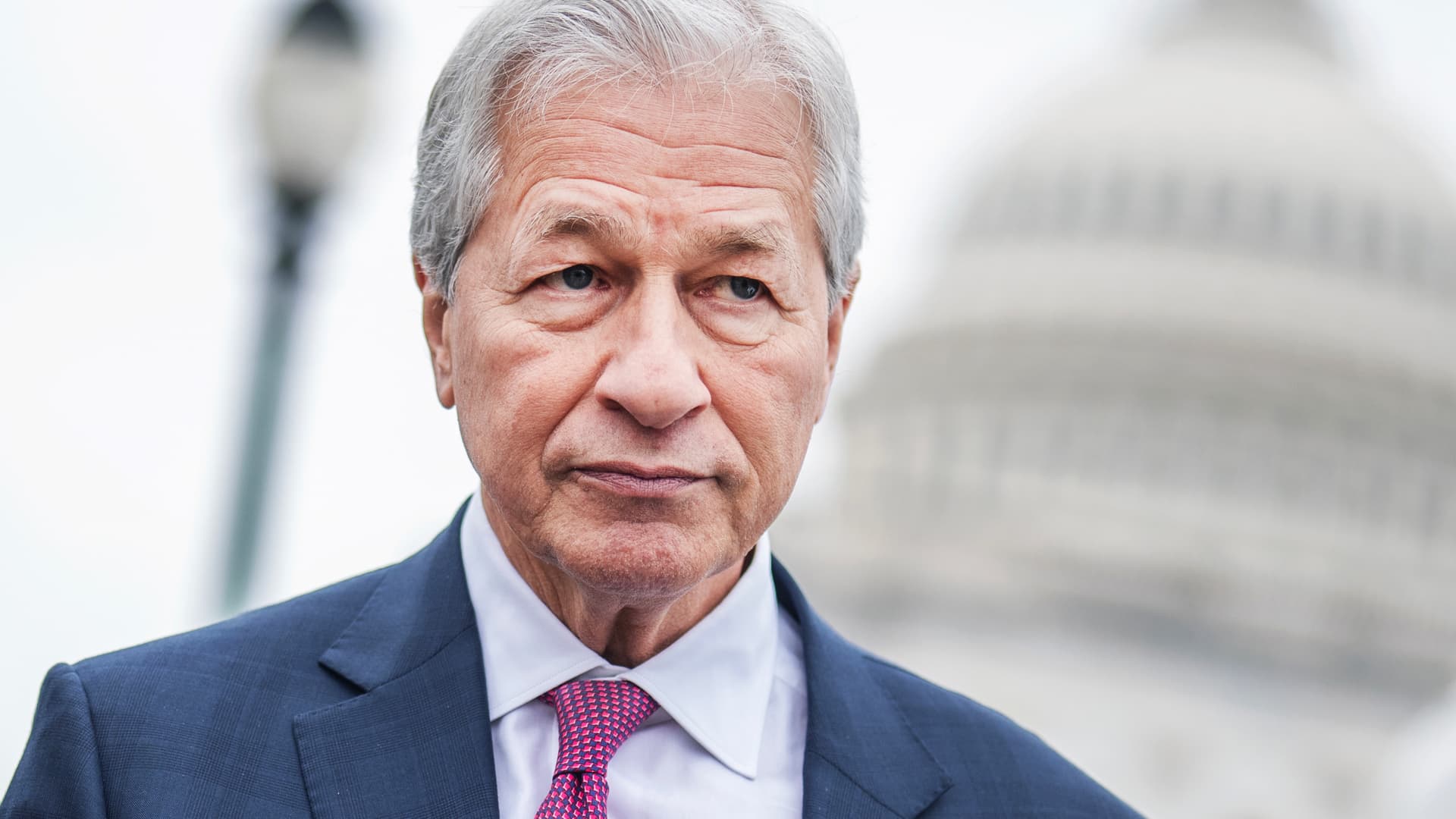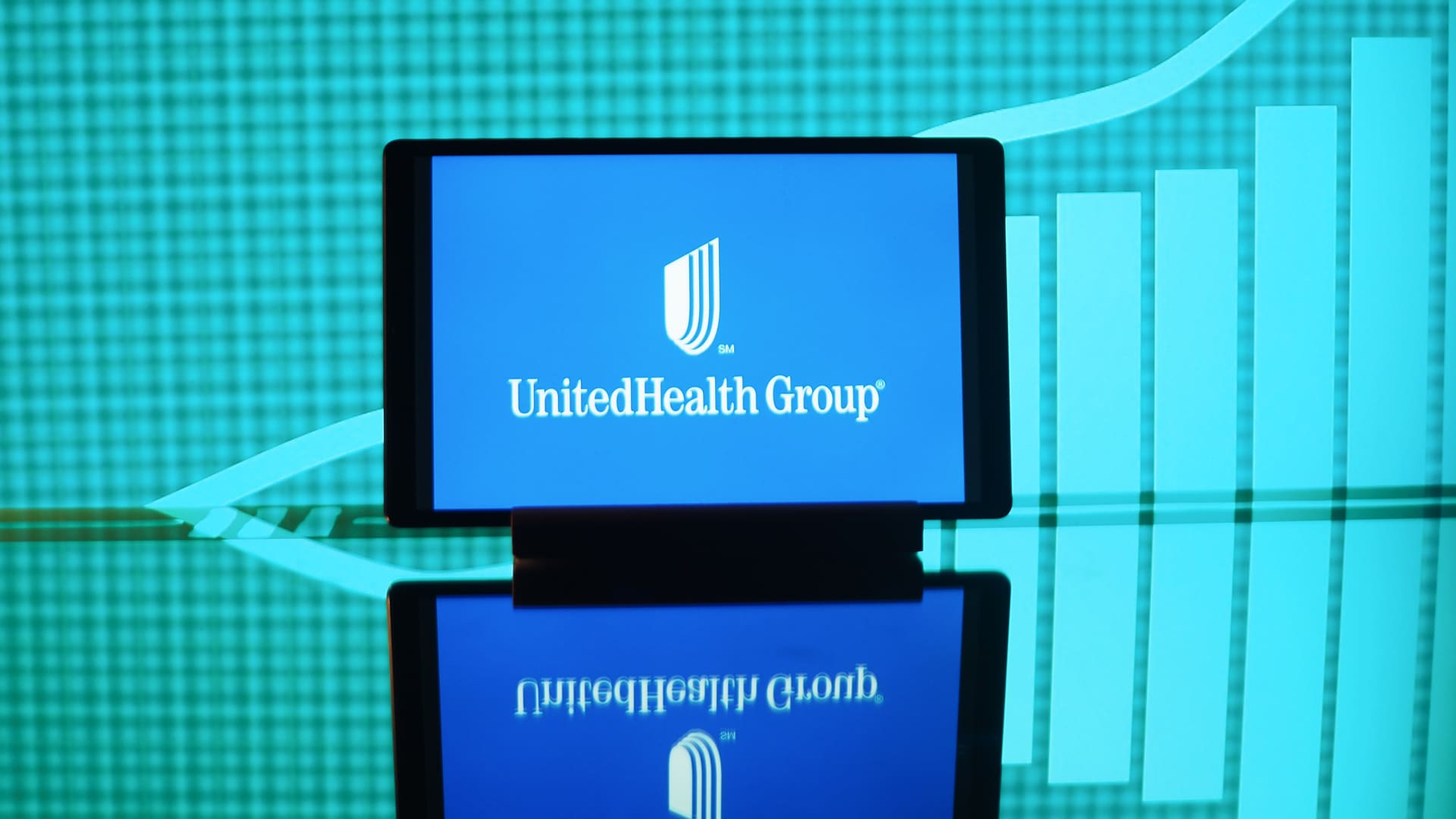Mortgage rates climbed to a new high this week, but buyers are adjusting. (iStock)
Mortgage rates sailed past 7%, likely dampening homebuying appetite during the market’s critical spring homebuying season, according to Freddie Mac.
The average 30-year fixed-rate mortgage was 7.10% for the week ending April 18, according to Freddie Mac’s latest Primary Mortgage Market Survey. That’s an increase from the previous week when it averaged 6.88%. A year ago, the 30-year fixed-rate mortgage averaged 6.39%.
The average rate for a 15-year mortgage was 6.39%, up from 6.16% last week and up from 5.76% last year.
Homebuyers have seen rates teeter near the 7% market since the start of the year. Borrowing costs are likely to continue elevated as the prospect of a Federal Reserve interest rate cut moves further into the distance.
The central bank said at its March meeting that it would continue to monitor inflation and other economic indicators to determine when to lower rates. Market expectations were for a first cut to come early in the summer, but the timeline may be later since the latest inflation figures show it is pushing up again.
“As rates trend higher, potential homebuyers are deciding whether to buy before rates rise even more or hold off in hopes of decreases later in the year,” Freddie Mac’s Chief Economist Sam Khater said. “Last week, purchase applications rose modestly, but it remains unclear how many homebuyers can withstand increasing rates in the future.”
If you are ready to shop for the best rate on a new mortgage, consider visiting an online marketplace like Credible to compare rates and get preapproved with multiple lenders at once.
BUY A HOME IN THESE STATES TO GET STUDENT LOAN DEBT RELIEF
Mortgage rates stay higher for longer
Spring buying will likely be tamed by still-too-high borrowing costs and limited housing inventory, two factors that have impacted homebuyer affordability.
Despite these ongoing affordability hurdles, Fannie Mae’s March Home Purchase Sentiment Index showed that 21% of homeowners say now is a “good time to buy,” up from 19% the previous month. The percentage of homesellers who said it is a good time to sell a home increased slightly to 66% from 65%. The mortgage giant has also forecasted an uptick in housing inventory this year driven by households who may need to move for other life reasons.
“The stubbornly high mortgage rates continue to be the largest obstacle to buying a home,” Voxtur’s SVP of Enterprise Business Development Lloyd San said. “What’s more, rates are not going down as we head into the spring homebuying season, when sales would usually tick up. That will still happen; homebuying will increase, but its potential will be stifled, largely because of mortgage rates.”
If you’re looking to become a homeowner, you could still find the best mortgage rates by shopping around. Visit Credible to compare your options without affecting your credit score.
HOMEOWNERS COULD SAVE TENS OF THOUSANDS IN DAMAGES BY USING SMART DEVICES
Home insurance adds to affordability issues
Rising insurance costs have also impacted homeowner affordability. According to a recent Insurify report, home insurance premiums for a $300,000 property in the U.S. increased 12% in 2023 to an average of $1,770 per year.
However, homes in areas at risk of more climate-related damages tend to pay higher premiums, while homes in less disaster-prone areas pay less. For example, homeowners in Florida — a state battered by high-cost natural disasters — pay an annual average of $9,213. Americans living in Vermont, a “very low” or “relatively low” risk state in FEMA’s National Risk Index, pay an average rate of $914.
Additionally, homeowners in disaster-prone areas face the challenge of finding an insurer. The cost of climate-related catastrophes has pushed several major home insurers to stop renewing certain policies or leave states like Florida and California entirely.
If you have a mortgage, you’re typically required to carry homeowners insurance, but you don’t have to stick with any particular insurance company. Visit Credible to compare home insurance rates from top insurance carriers all in one place.
MORTGAGE LOAN LIMIT RISES ABOVE $1.1M AS HOME PRICES SURGE
Have a finance-related question, but don’t know who to ask? Email The Credible Money Expert at [email protected] and your question might be answered by Credible in our Money Expert column.

 Accounting1 week ago
Accounting1 week ago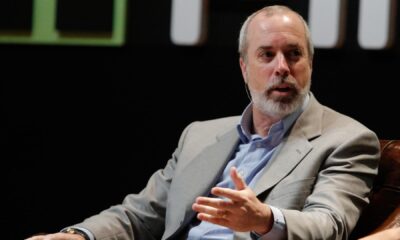
 Finance1 week ago
Finance1 week ago
 Economics7 days ago
Economics7 days ago
 Finance1 week ago
Finance1 week ago
 Economics1 week ago
Economics1 week ago
 Economics1 week ago
Economics1 week ago
 Personal Finance5 days ago
Personal Finance5 days ago
 Economics5 days ago
Economics5 days ago
